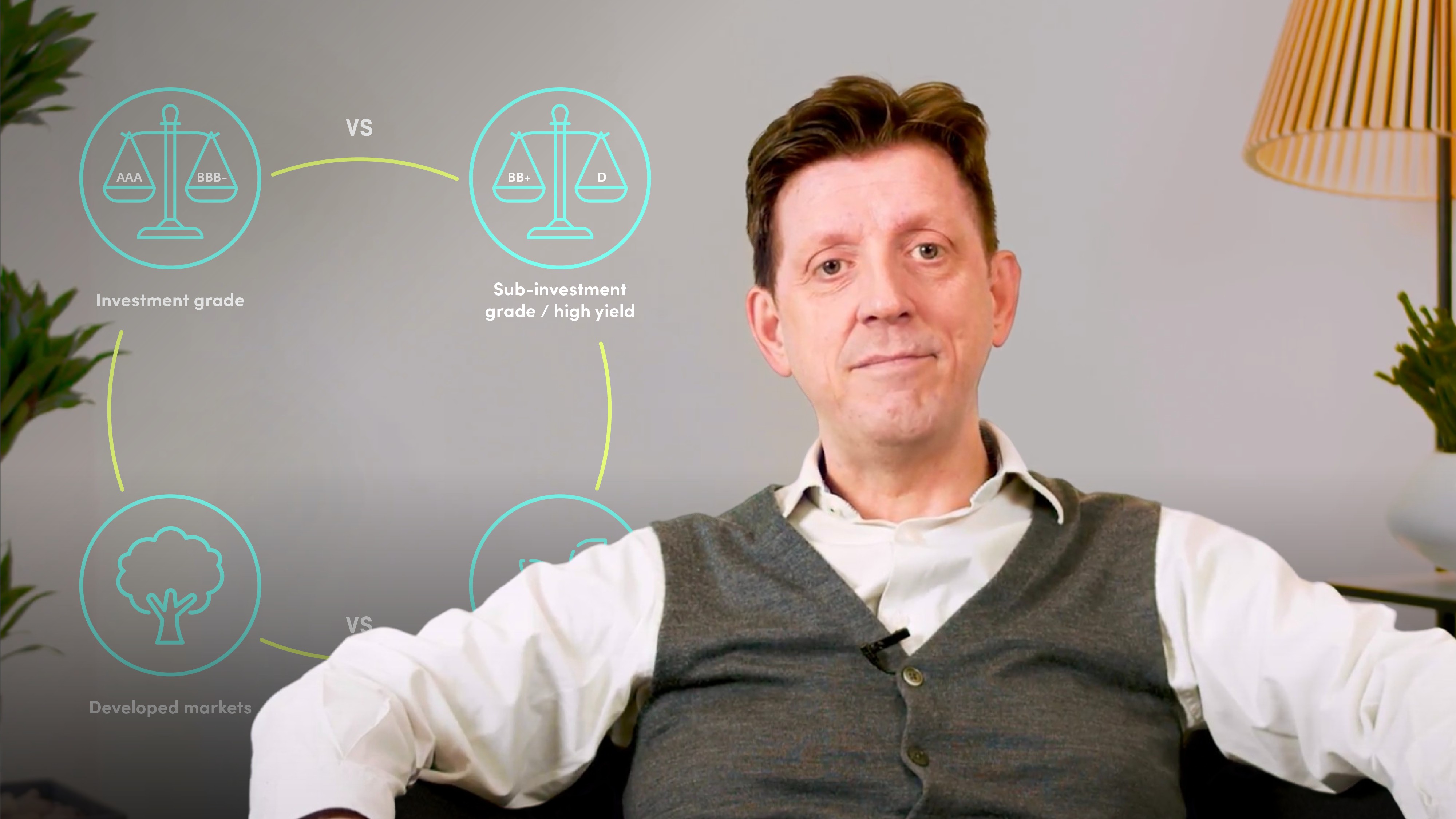
The Role of Credit Markets

Lindsey Matthews
30 years: Risk management & derivatives trading
In the previous video, Lindsey Matthews introduced Financial Markets. In this video he explains how debt markets work. He covers how companies and governments use these markets and also covers the different ways in which they can raise debt.
In the previous video, Lindsey Matthews introduced Financial Markets. In this video he explains how debt markets work. He covers how companies and governments use these markets and also covers the different ways in which they can raise debt.
Subscribe to watch
Access this and all of the content on our platform by signing up for a 7-day free trial.

The Role of Credit Markets
6 mins 21 secs
Key learning objectives:
Understand the purpose of the debt capital markets
Outline some of the types of debt that is issued
Overview:
One of the routes for larger companies and governments to borrow is through the debt capital markets. The markets provide the mechanics for the issuance and trading of debt. Rather than borrowing money from a bank, a company might issue bonds to raise finance and rather than investing money with a bank, investors could buy the bonds that are being issued.
Subscribe to watch
Access this and all of the content on our platform by signing up for a 7-day free trial.
What is the purpose of the debt capital markets and how do they work?
Companies and governments use the debt markets to raise finance. As companies get larger, financing typically moves from banking finance (borrowing from banks) to bond financing, i.e. issuing bonds in the debt capital markets.
Bonds are securities representing debt. The issuer of bonds receives money from the original purchasers of the bonds at the point when they are issued and this is done in the primary market, the market for initial issuances. Issuers will work for investment banks debt capital markets teams to make this happen.
The market for buying and selling bonds is known as the secondary market, and prices of bonds will change, reflecting both the general market for the instruments and the specifics of the issuer.
Bond will pay interest (a coupon), which is paid periodically to the holders, as well as the redemption amount, however as the bond may have been traded in the secondary market, this may not go to the original purchasers of the bond.
What are government bonds?
Governments are some of the biggest issuers of bonds. The US issues Treasury Bonds, the UK issues Gilts and Germany issues Bunds, just to name a few.
Many of the higher rated governments issue bonds directly to buyers through auctions, which then trade in the secondary bond markets.
The prices of these large government bond issues are often used as benchmarks against which other bond prices are compared, this is due to the fact that highly rated governments are often regarded as having little or no credit risk.
What are credit bonds?
Bonds issued by other governments, by financial institutions, by corporates have some credit risk. The level of perceived credit risk is often used to divide bonds into asset classes or sectors.
One of the most significant such distinctions is between higher rated bonds which are known as “Investment Grade” (BBB rated and above) and those that are lower rated or sub-investment grade (rated lower than BBB). Another distinction that is often made is ‘developed market’ vs ‘emerging market’ debt.
Subscribe to watch
Access this and all of the content on our platform by signing up for a 7-day free trial.

Lindsey Matthews
There are no available Videos from "Lindsey Matthews"



























